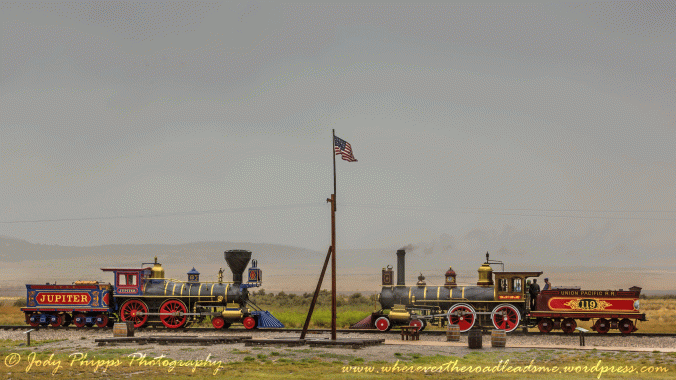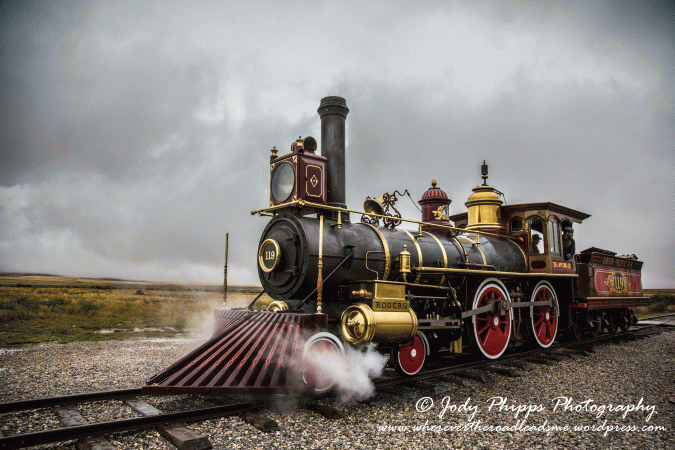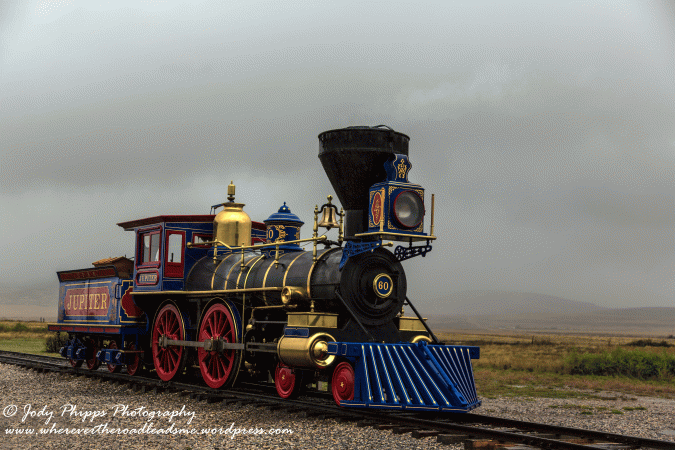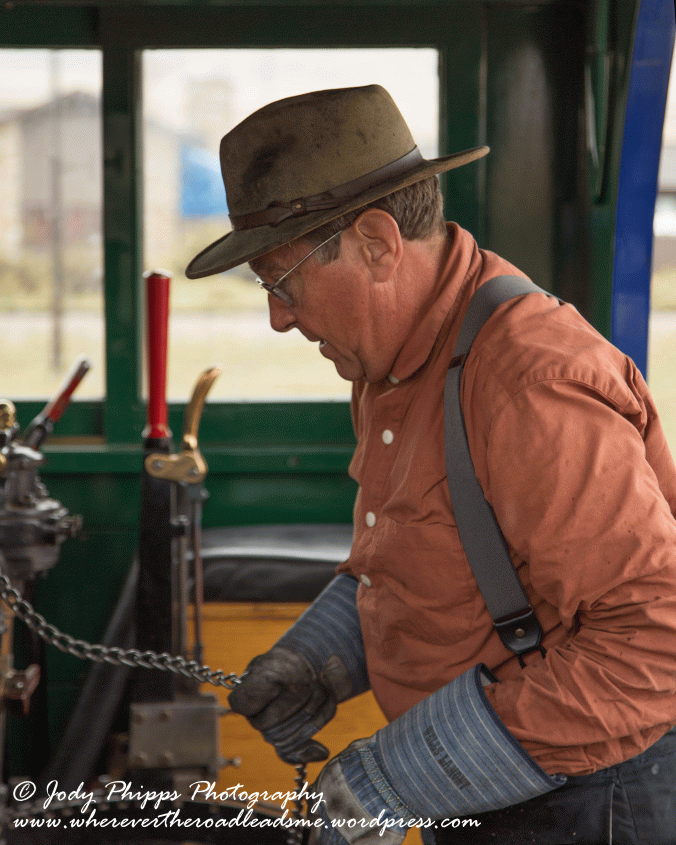Prior to May 10, 1869, if you wanted to get from the East Coast to the West Coast, you had three options: (1) the overland route, via stage coach, wagon or horseback which took four to six months; (2) the Panama route through the Panama canal which took about a month; (3) or the Cape Horn route around the Cape Horn of South America which took between six and eight months. All of these options were expensive, slow and dangerous. Isolated by plains and mountains; President Lincoln worried the Western States would secede as the South had done and he pushed hard for the railroad to unite the country, spread commerce and speed military transportation.
On July 1, 1862, the Pacific Railway Act was enacted to aid in the “construction of a railroad and telegraph line from the Missouri River to the Pacific Ocean;” It authorized the Central Pacific to build east and the newly formed Union Pacific to build west. Some important provisions of the Pacific Railway Act were that it gave 10 square miles of land to each company for each mile of track laid; set a deadline for the end of construction; allowed the President to choose the starting point and specified that the route would be the straightest way possible; designated that whichever company reached California’s border first was allowed to build on the other’s designated land (this is what caused the race); and set uniform construction standards. It also specified that a multi-line telegraph would be built alongside the Railroad, making telegraph communication much faster.
On October 27, 1863, the first rail was laid; and, less than six years later, the golden spike was driven on May 10, 1869, at Promontory, Utah Territory, completing the first Transcontinental Railroad and aloowing people to travel cheaply, visit relatives, and see sights that are unique to the west. Prior to the Railroad, a stagecoach ticket cost around $1000; whereas, a first class railroad ticket cost $150.

Replicas of the Jupiter and the No. 119 meet at the completion of the first Transcontinental Railroad at Golden Spike National Historic Park.
One of the interesting things I learned while visiting this park was that neither the Union Pacific train, Engine No 119 nor the Central Pacific train, Engine No 60 “Jupiter” were originally supposed to be at the golden spike ceremony.
Engine No 119 was stationed in Ogden, Utah, when the vice president of the Union Pacific Railroad, Thomas C Durant, telegraphed that he needed an engine. He was on the “Durant Special” headed for the ceremony when a swollen river washed away some supports to the Devil’s Gate Bridge and his engineer refused to take the current engine across. After nudging the lighter passenger cars across the bridge, Engine No 119 was sent from Ogden to take him and the people travelling with them the short distance to Promontory. Built by Rogers Locomotive and Machine Works of Paterson, New Jersey in 1868, it was scrapped for $1000 in 1903.
Like Engine 119, Central Pacific’s Jupiter (Engine No 60) also wasn’t supposed to be at the Golden Spike ceremony. Leland Stanford, president of the Central Pacific Railroad was traveling aboard the Antelope which was following closely behind the Jupiter. When the two trains passed through a cut where there was a logging camp, either the Jupiter didn’t display the proper flag to alert to another train following close behind or the workers didn’t notice the flag. Consequently, as the Jupiter passed, workers rolled a large log down the mountain, striking the Antelope and damaging the engine. After radioing ahead to hold the Jupiter at the next stop, Leland Stanford rode it into Promontory for the Golden Spike ceremony. Like the No 119, the Jupiter was also scrapped for $1000 in 1909.
in 1975, the National Park Service embarked on a project to reproduce the Union Pacific No 119 and the Central Pacific Jupiter as they appeared in 1869. Over 700 detailed drawings were made by O’Connor Engineering Laboratories of Costa Mesa, California by looking at photos of the actual engines and researching similar engines built around the same time. Once the trains were built, Disney artists painted the trains, and they were completed in 1979. They were first put into operations on May 10, 110 years after the original Golden Spike ceremony.
Until the next adventure…


